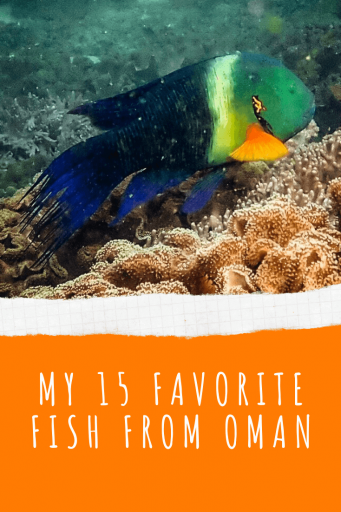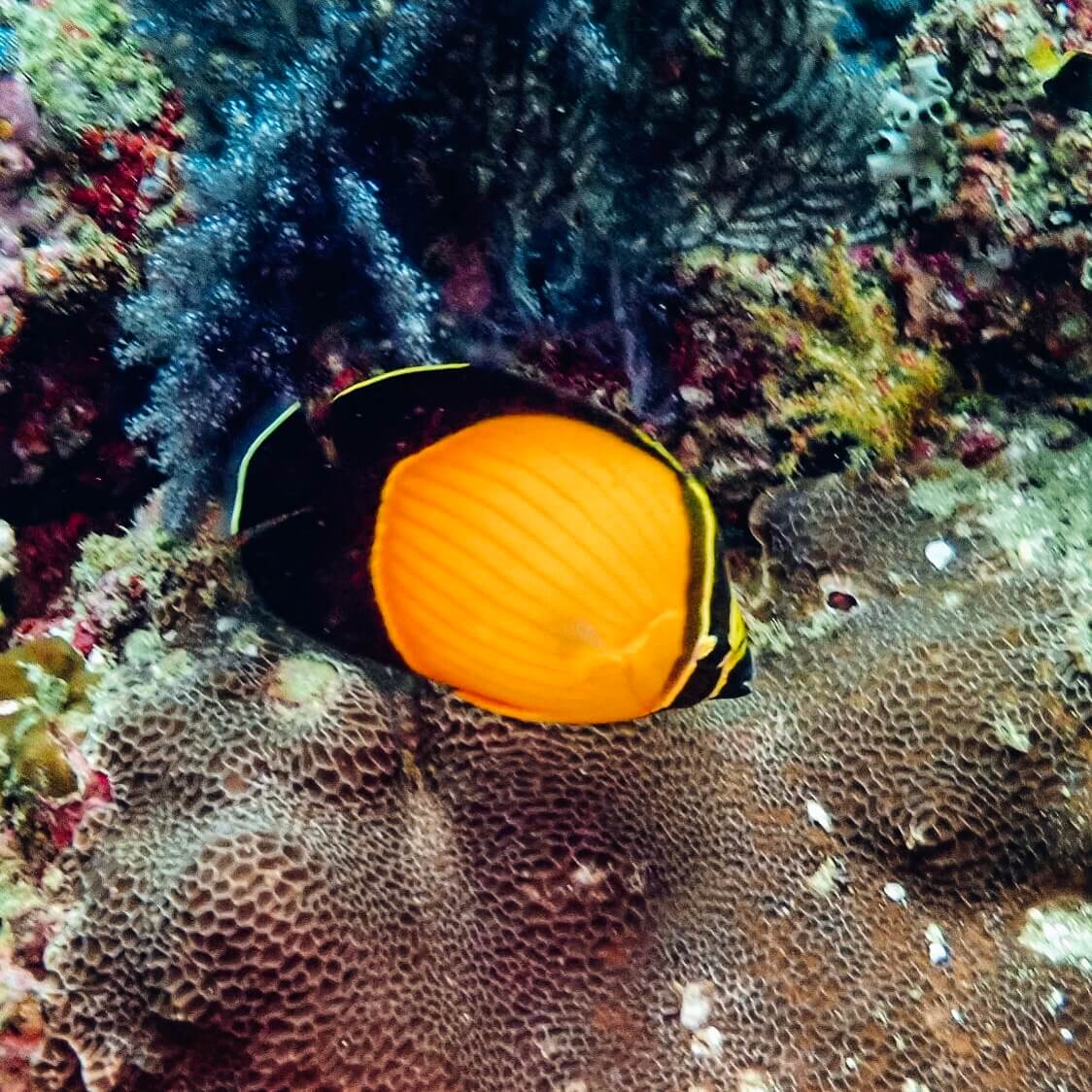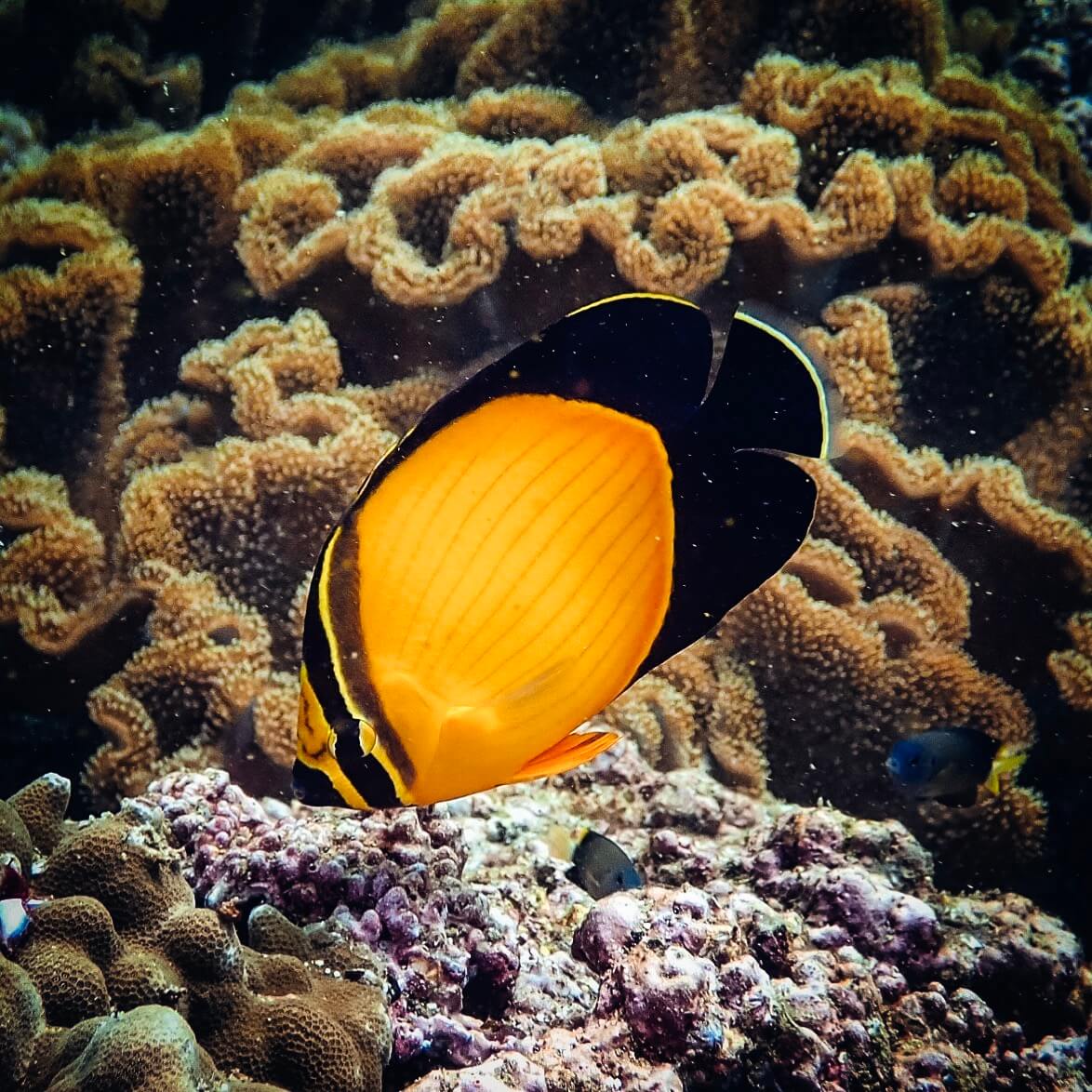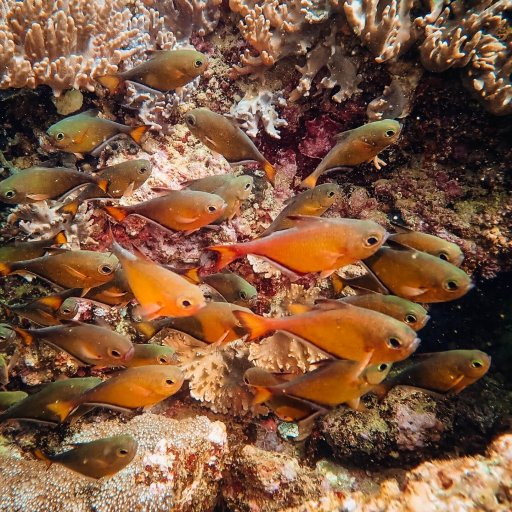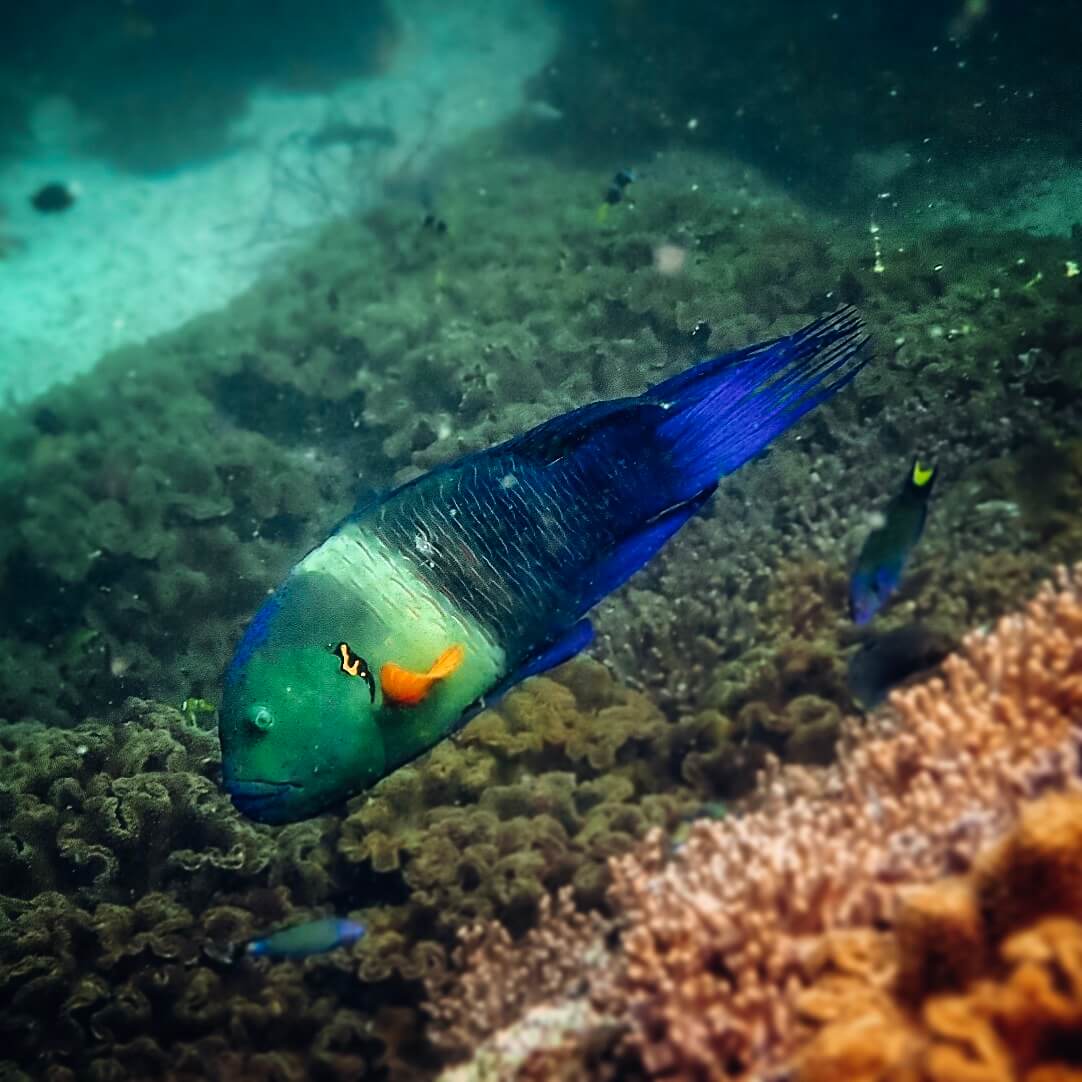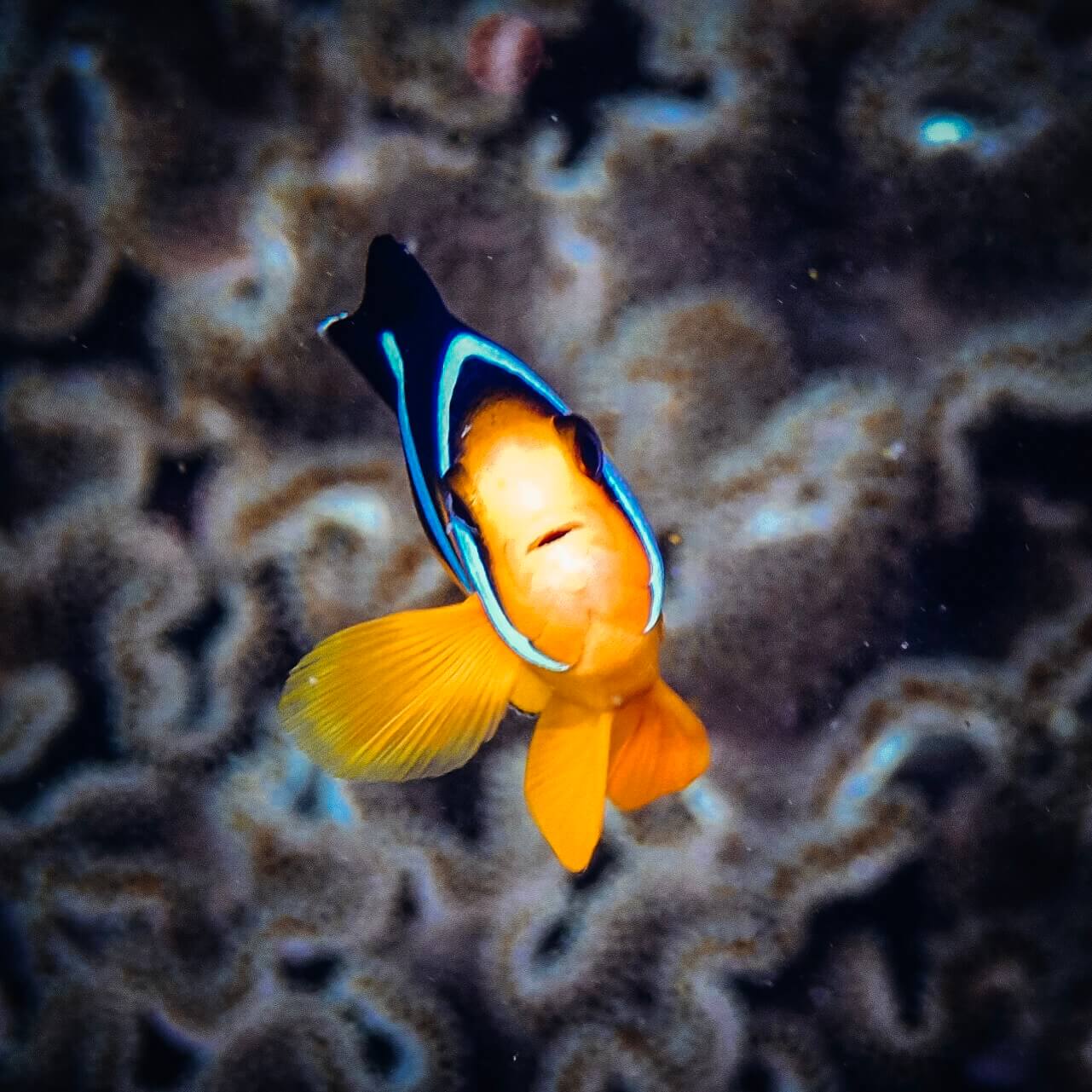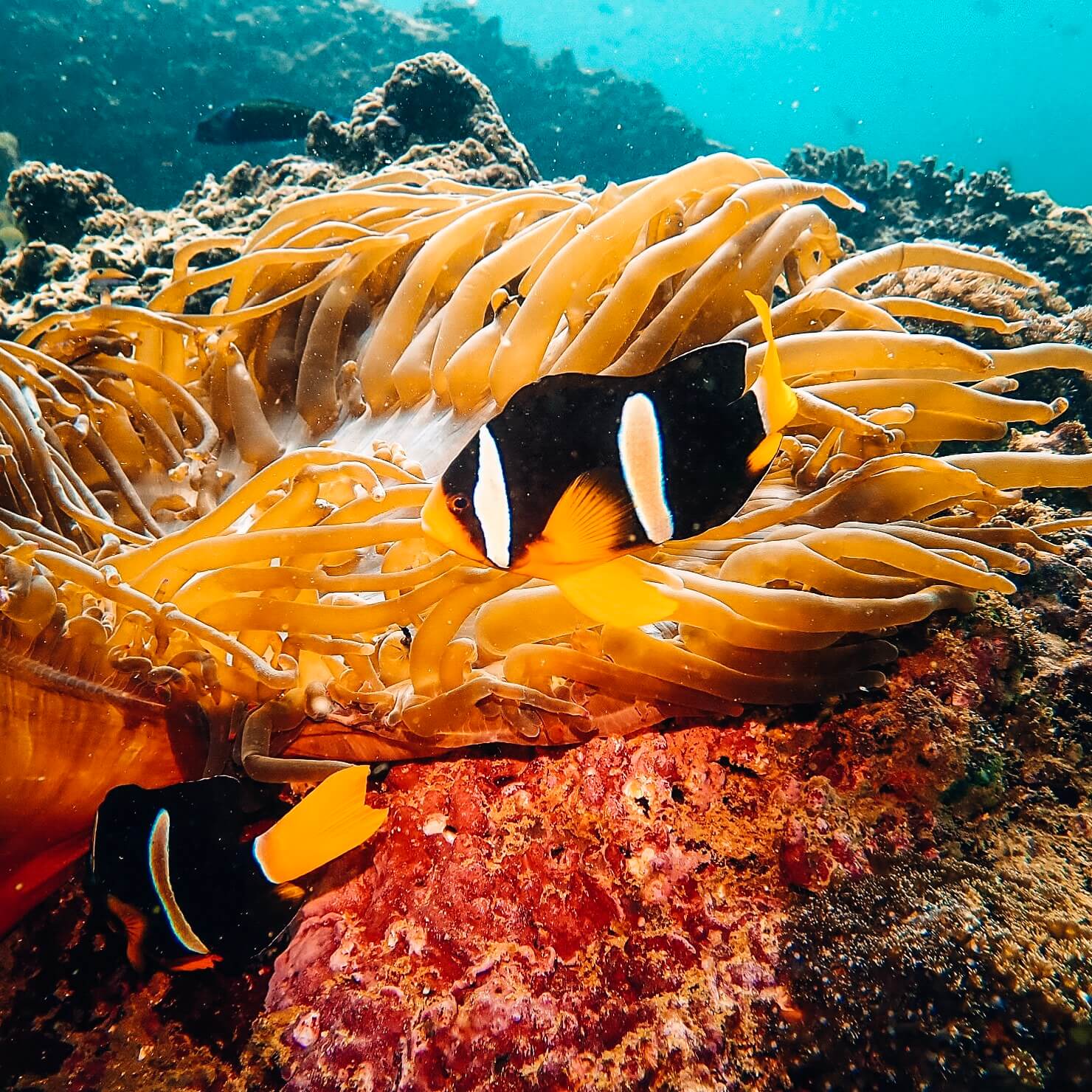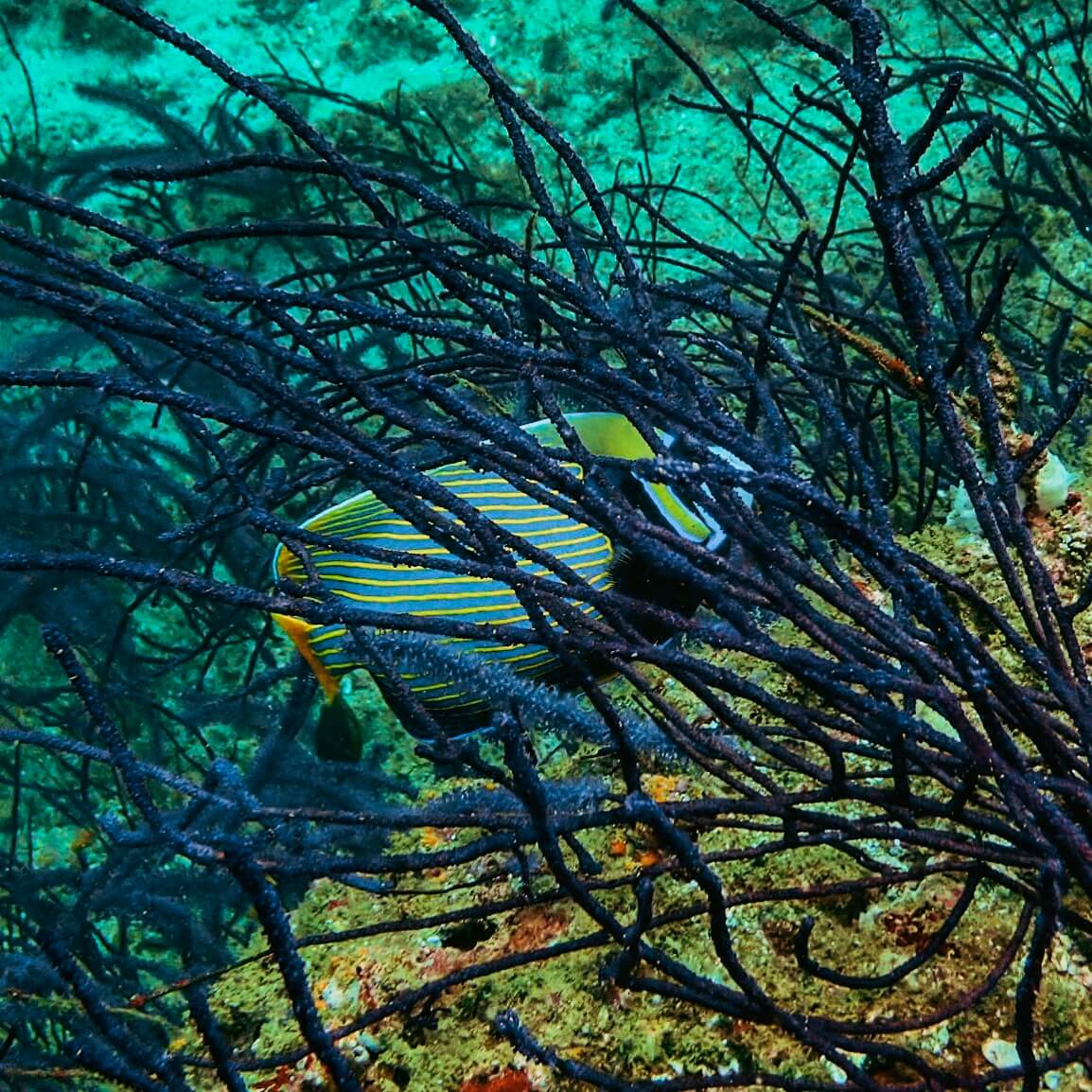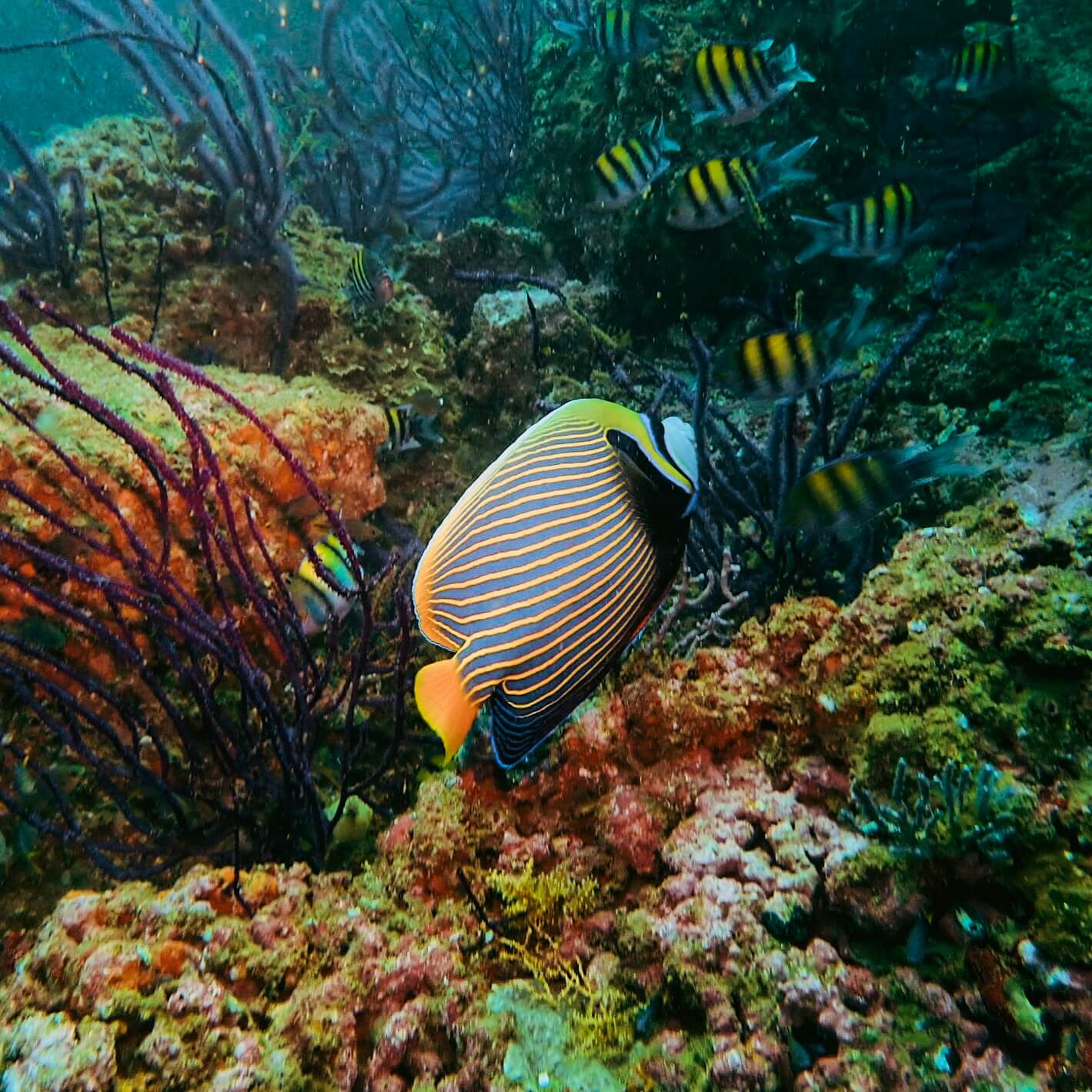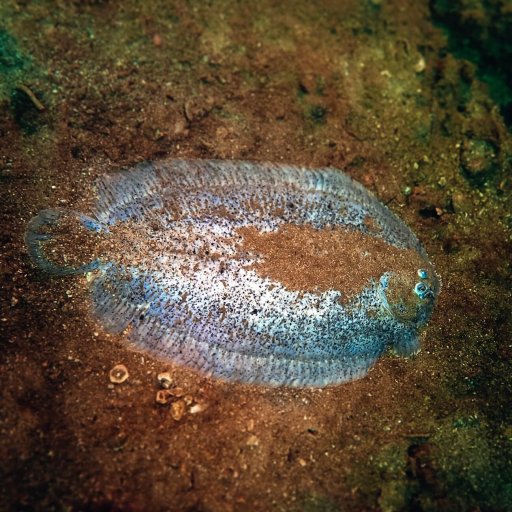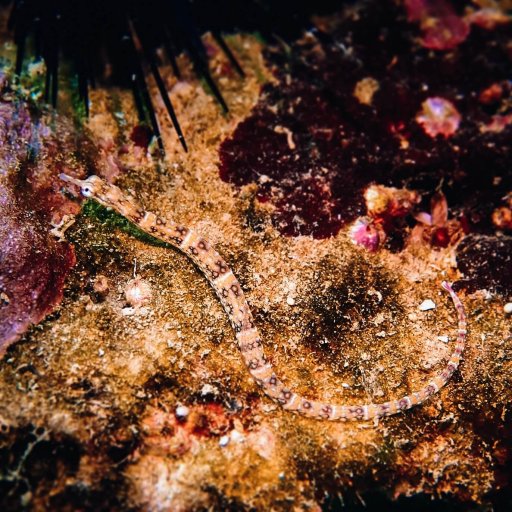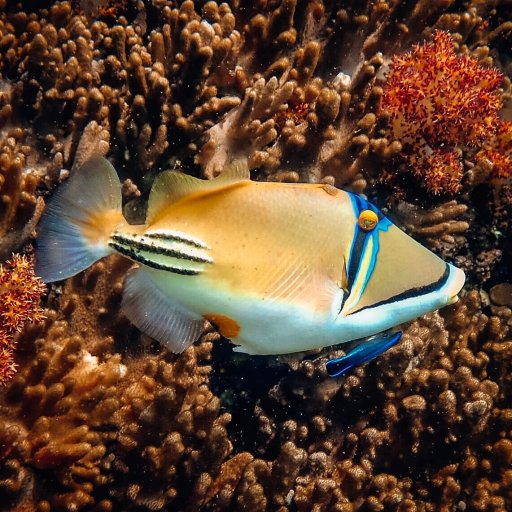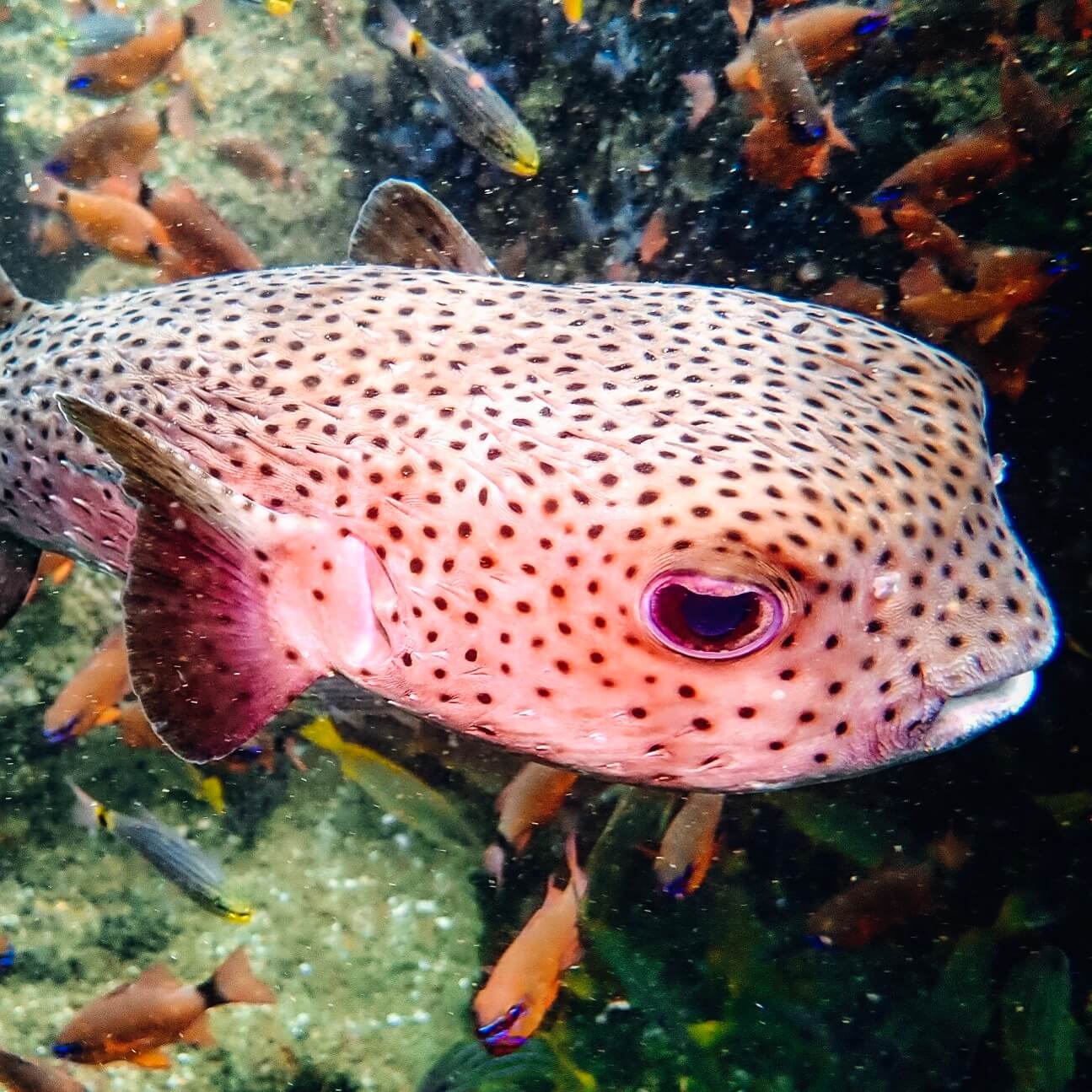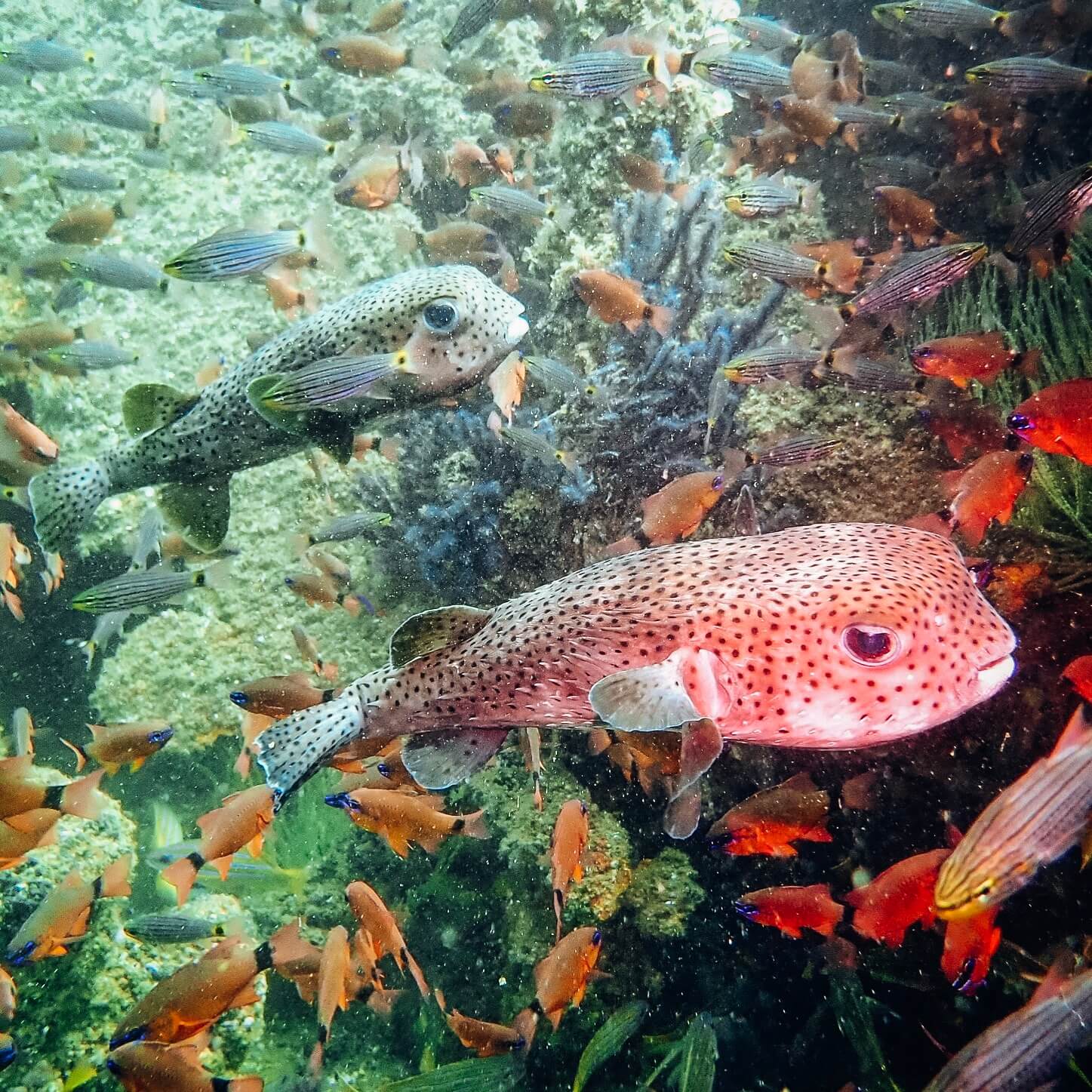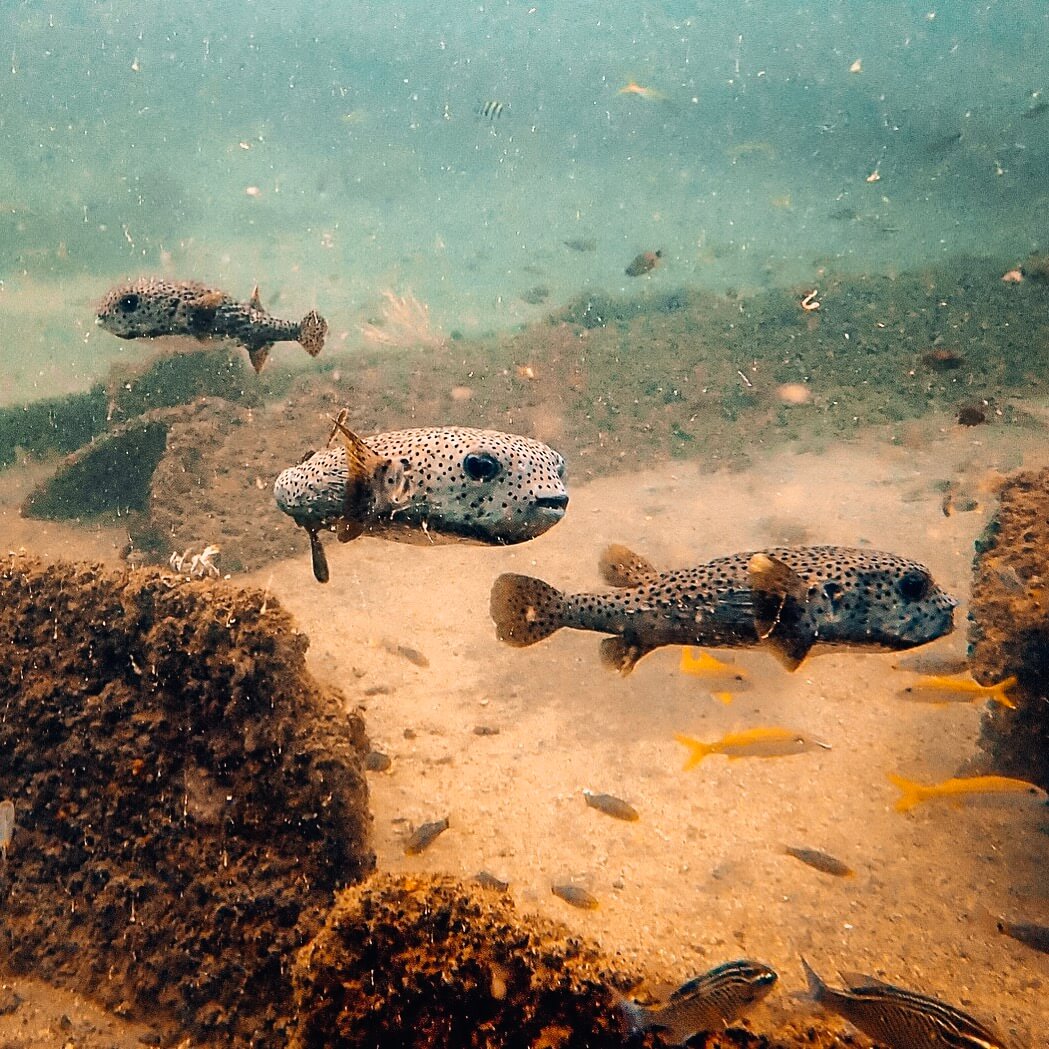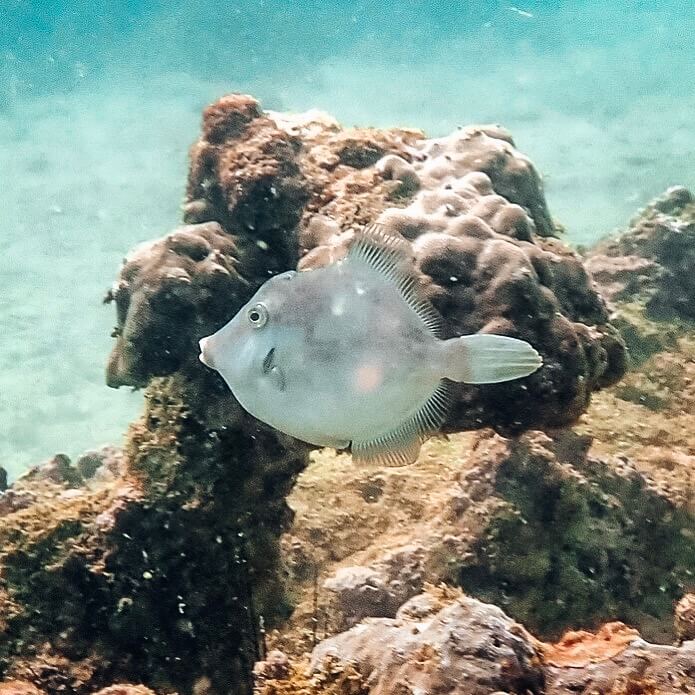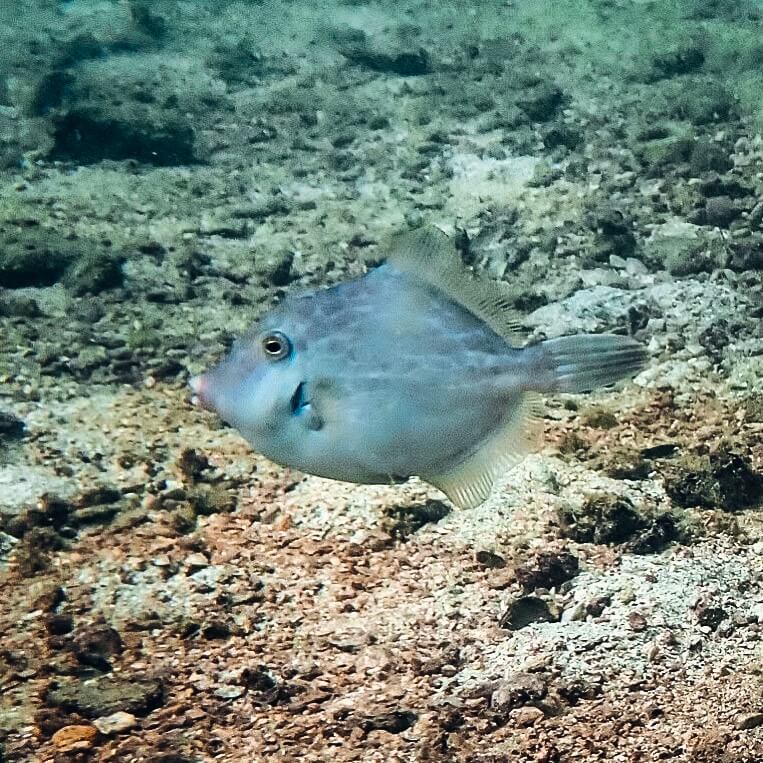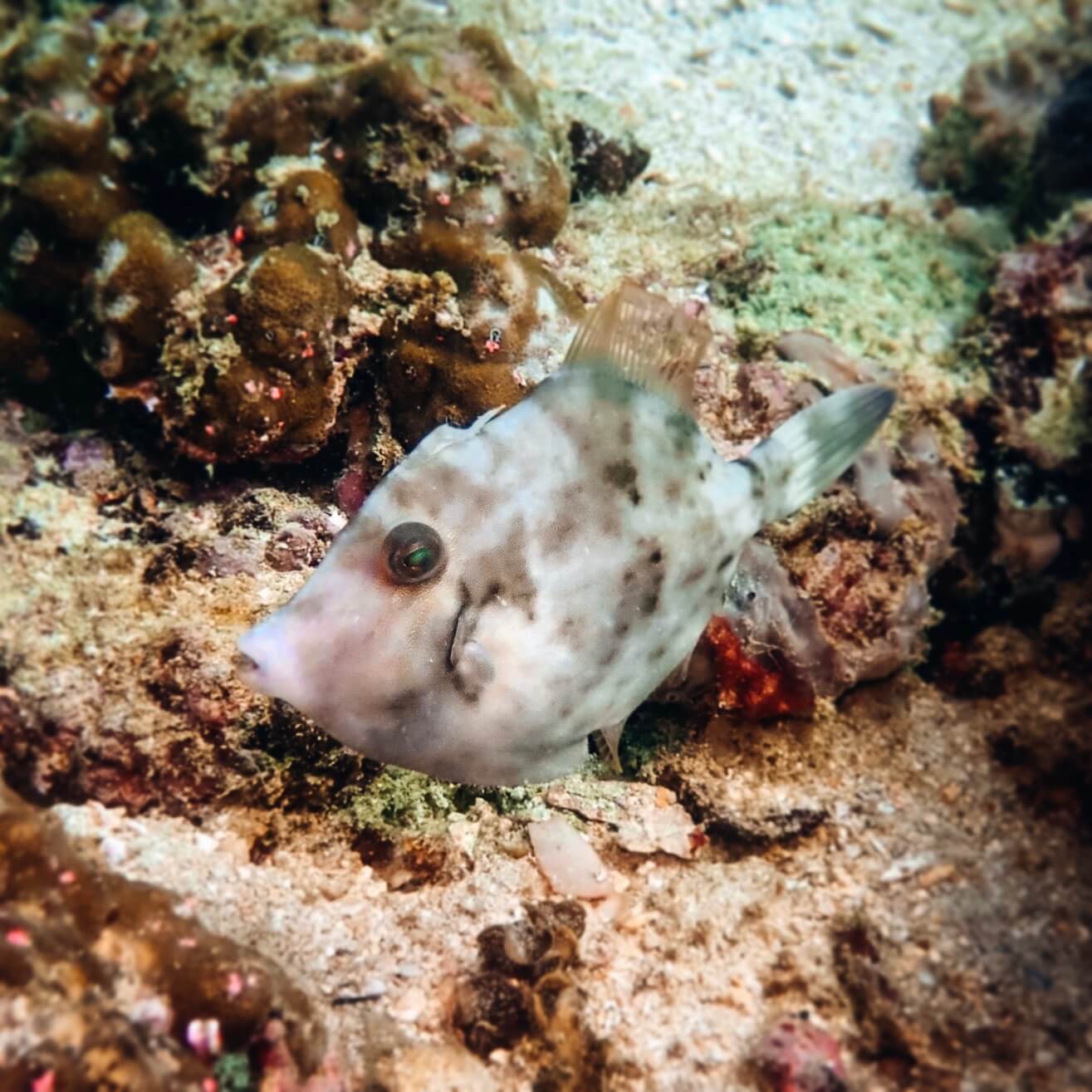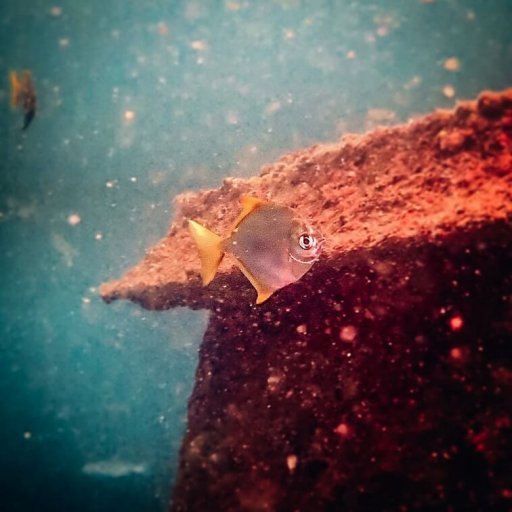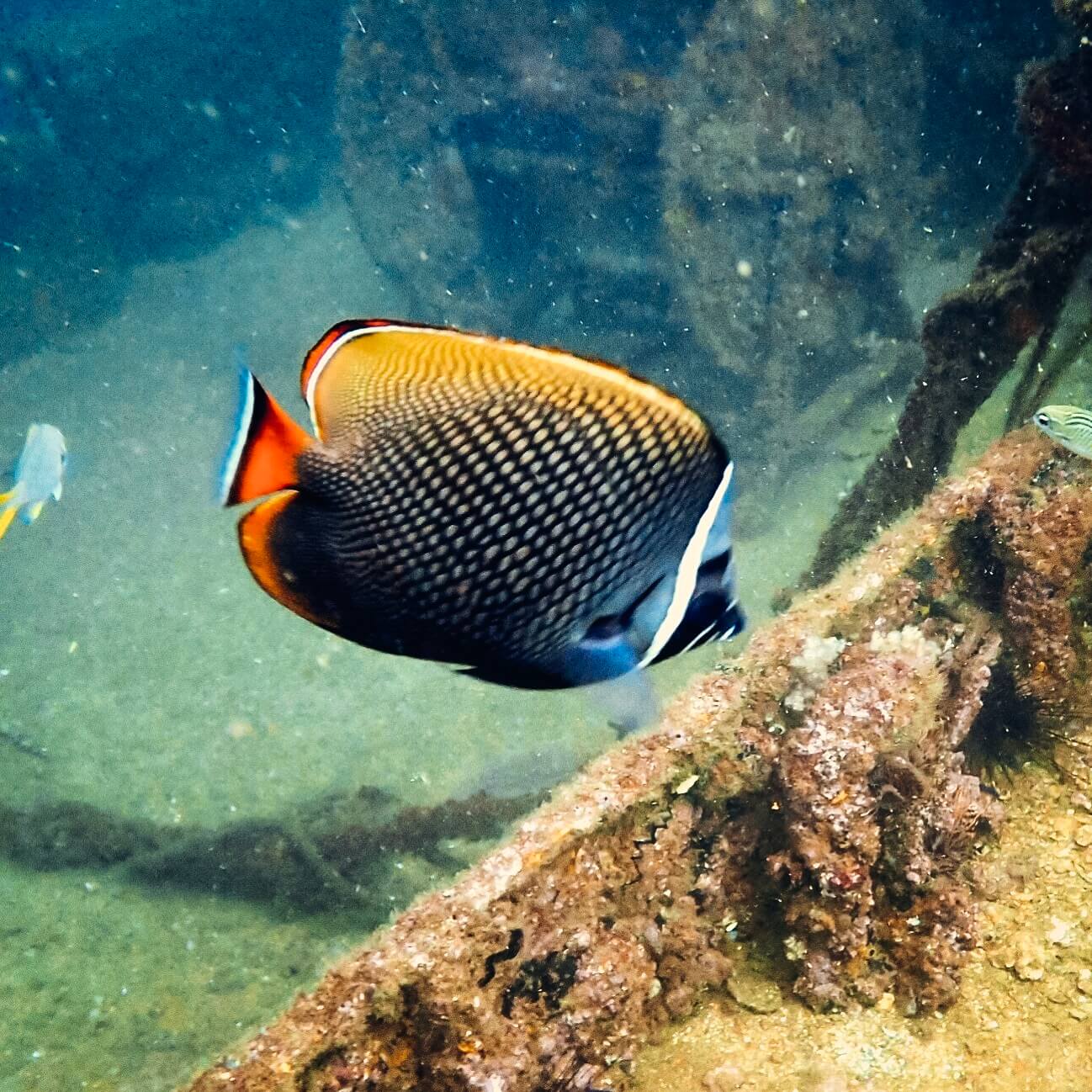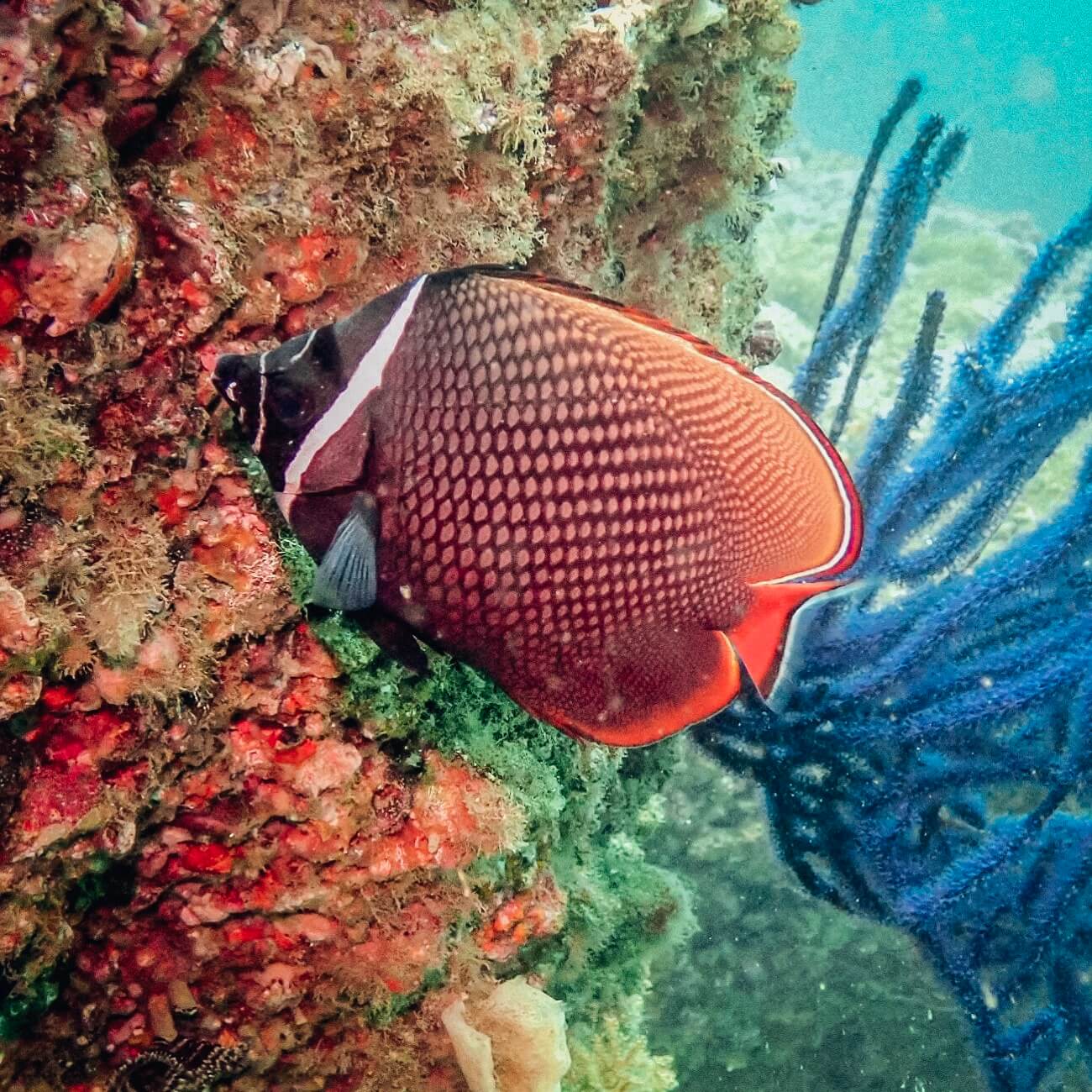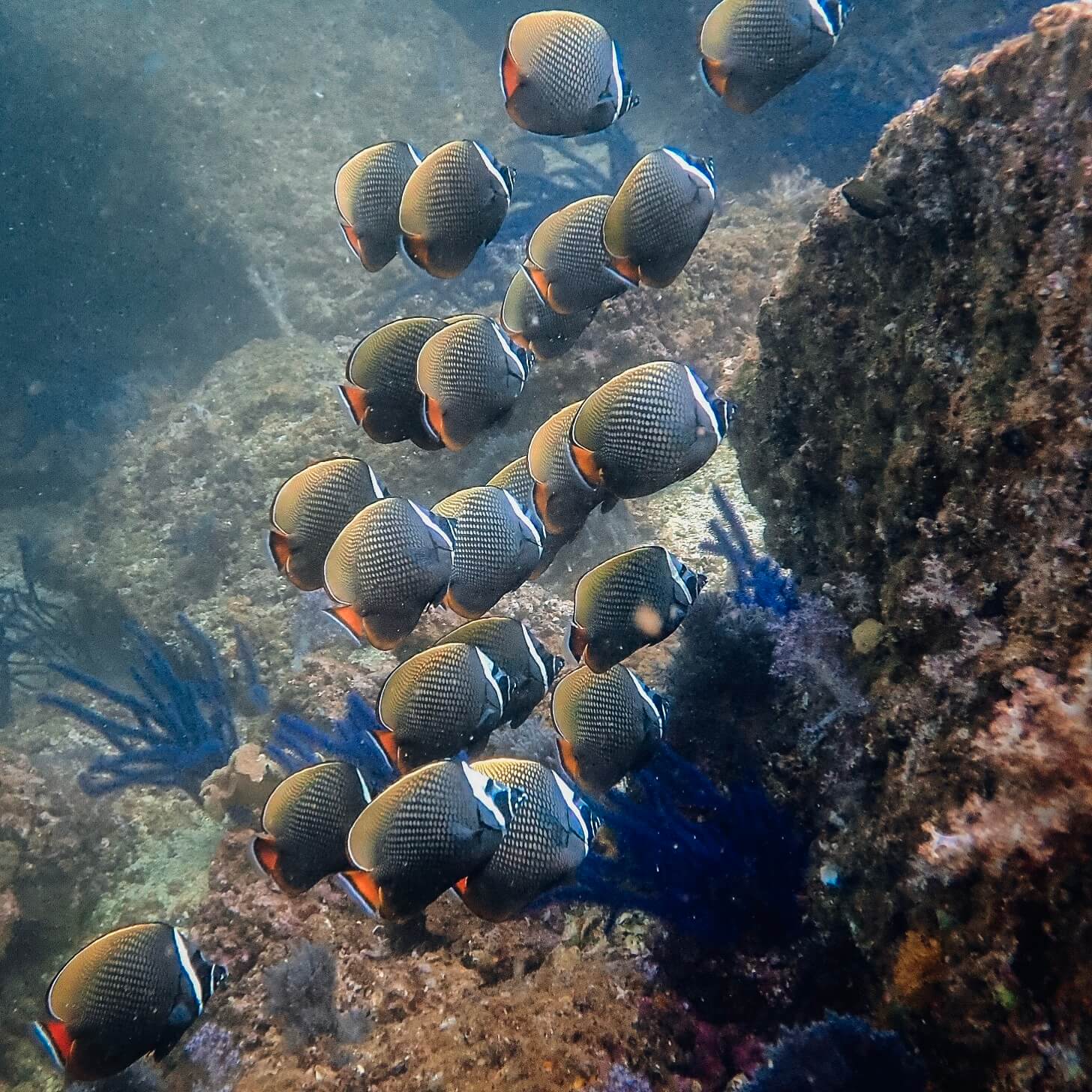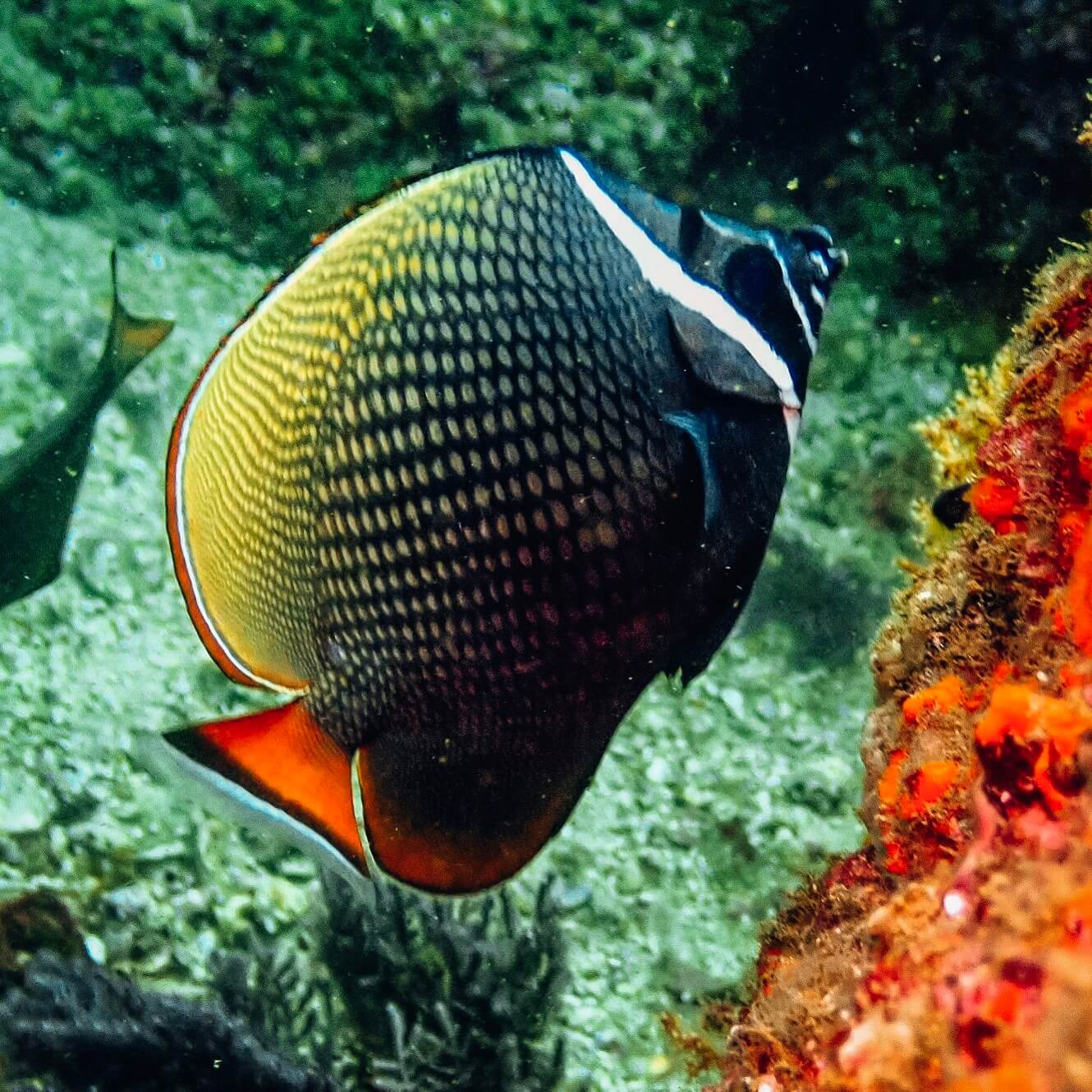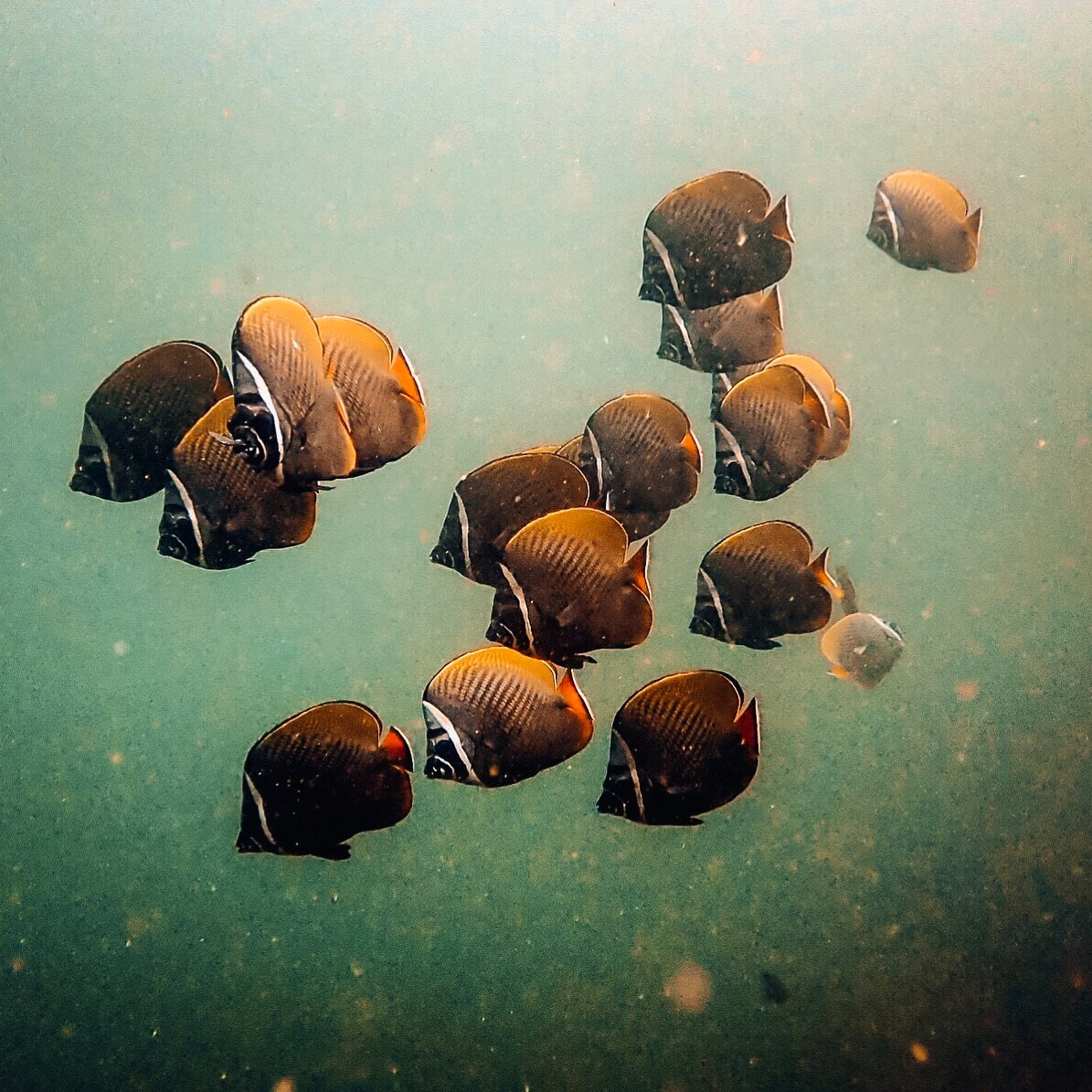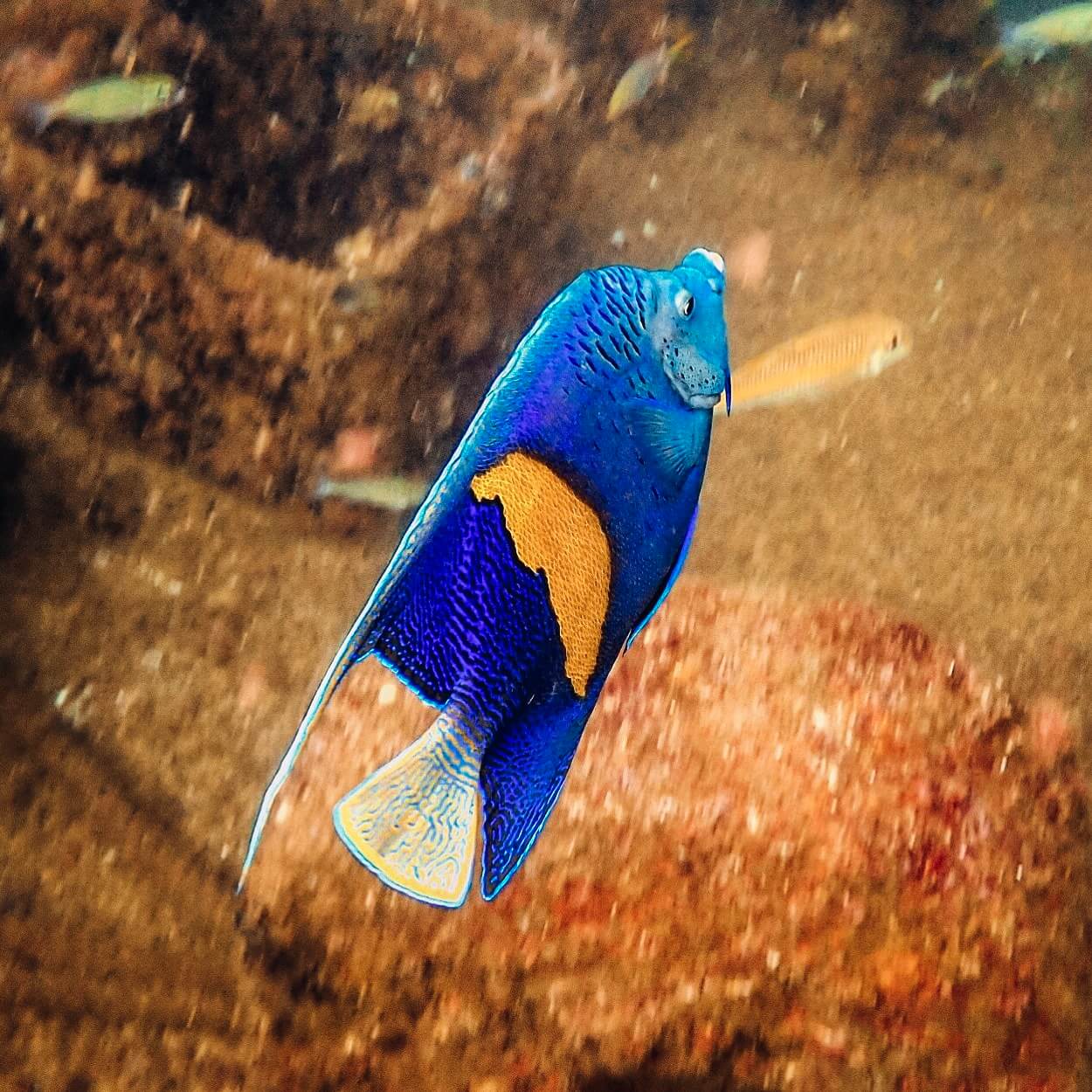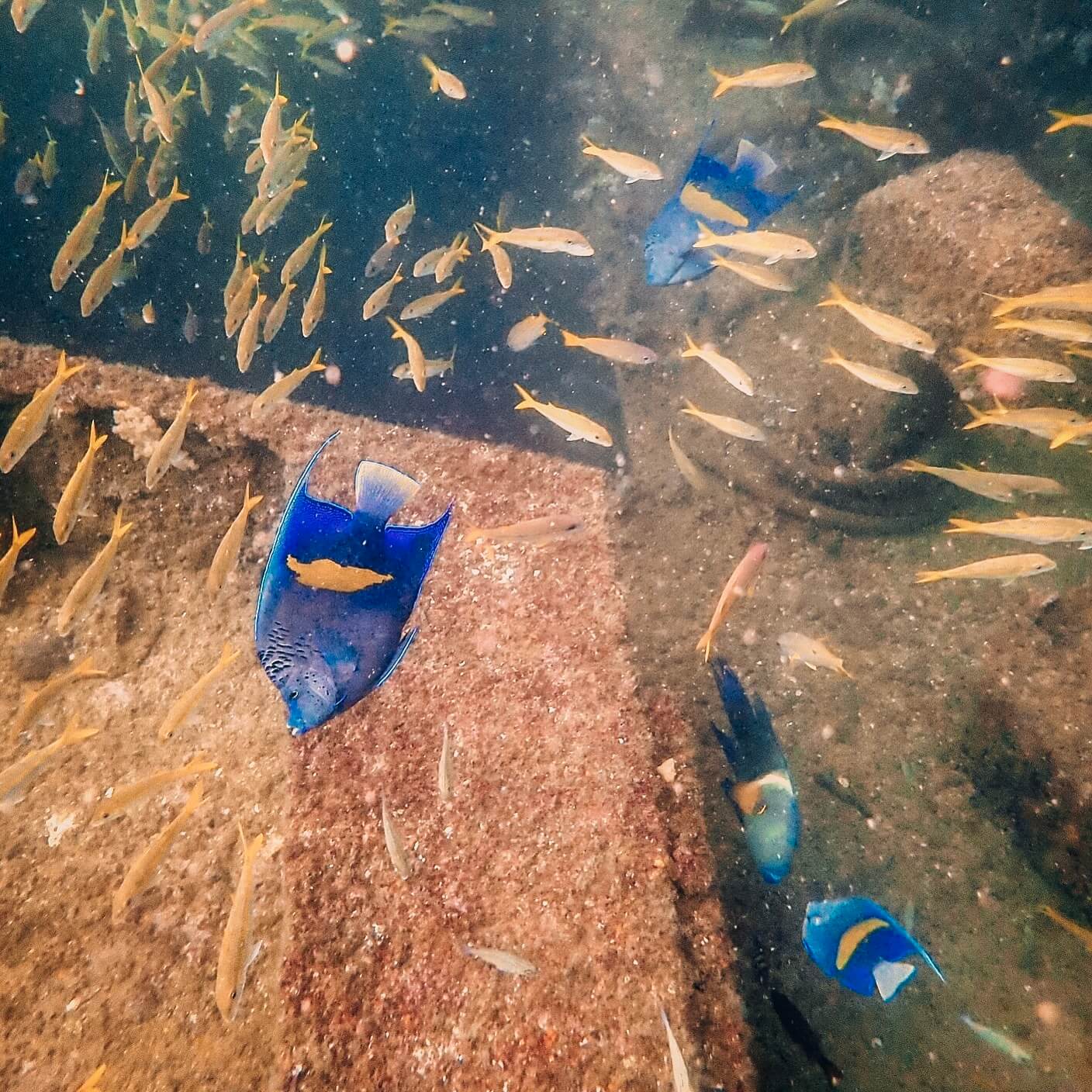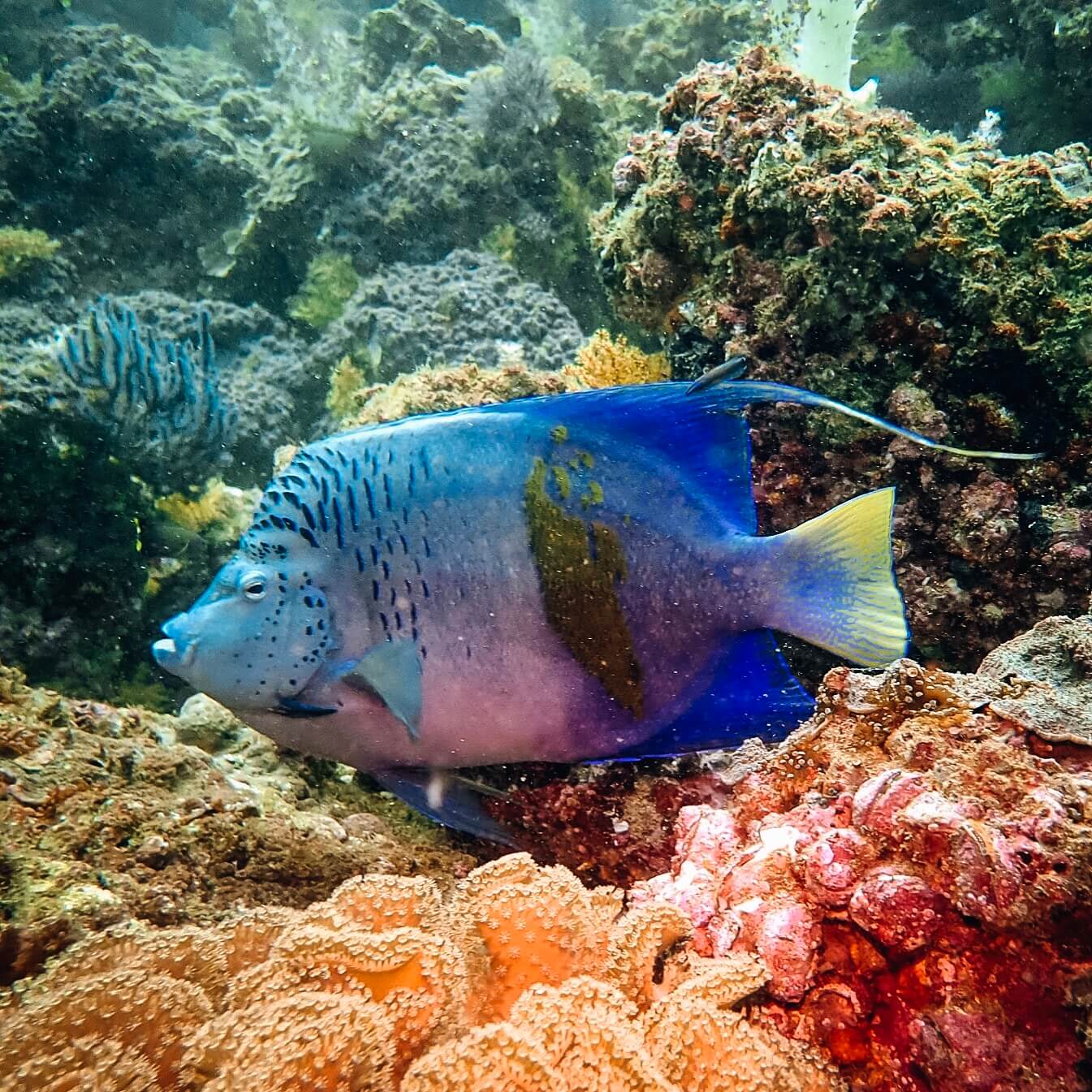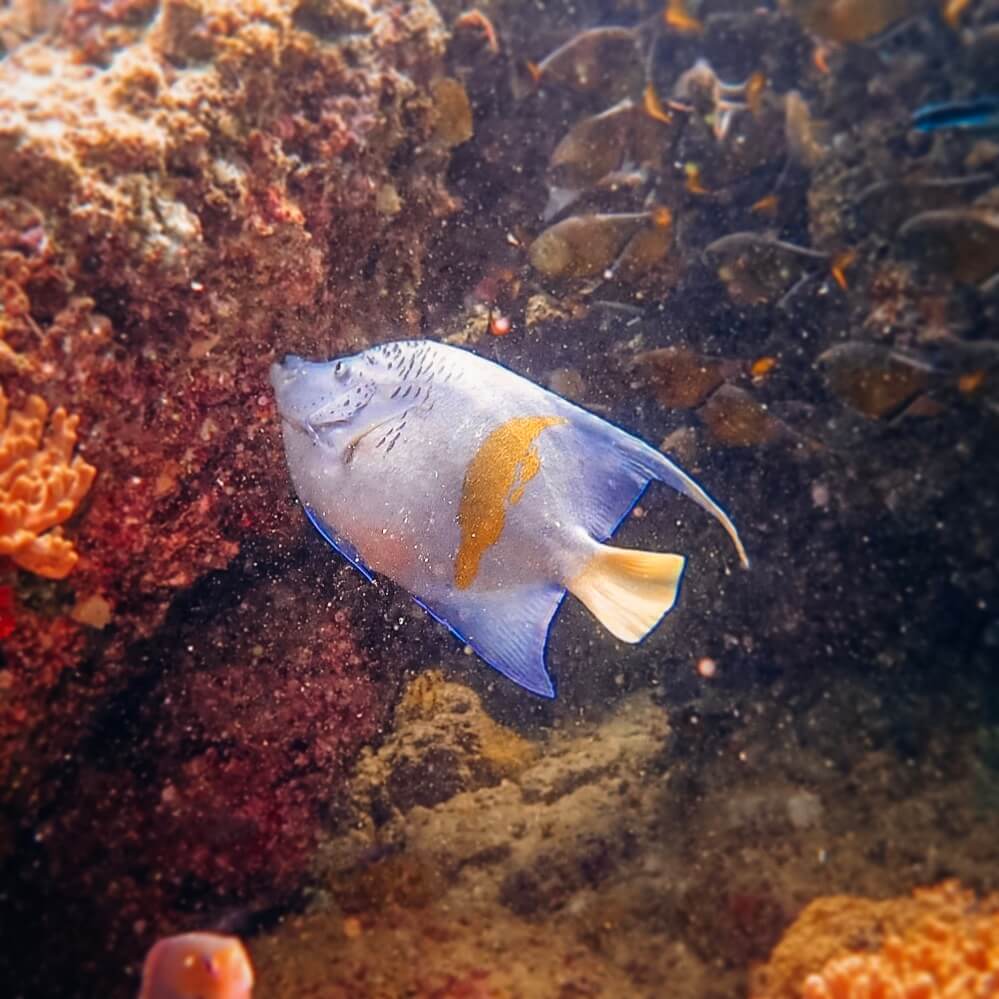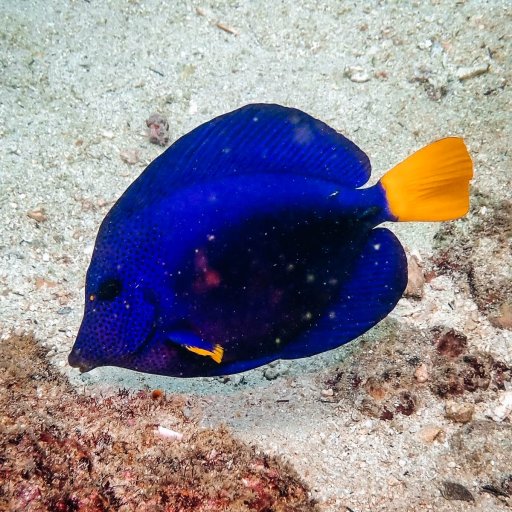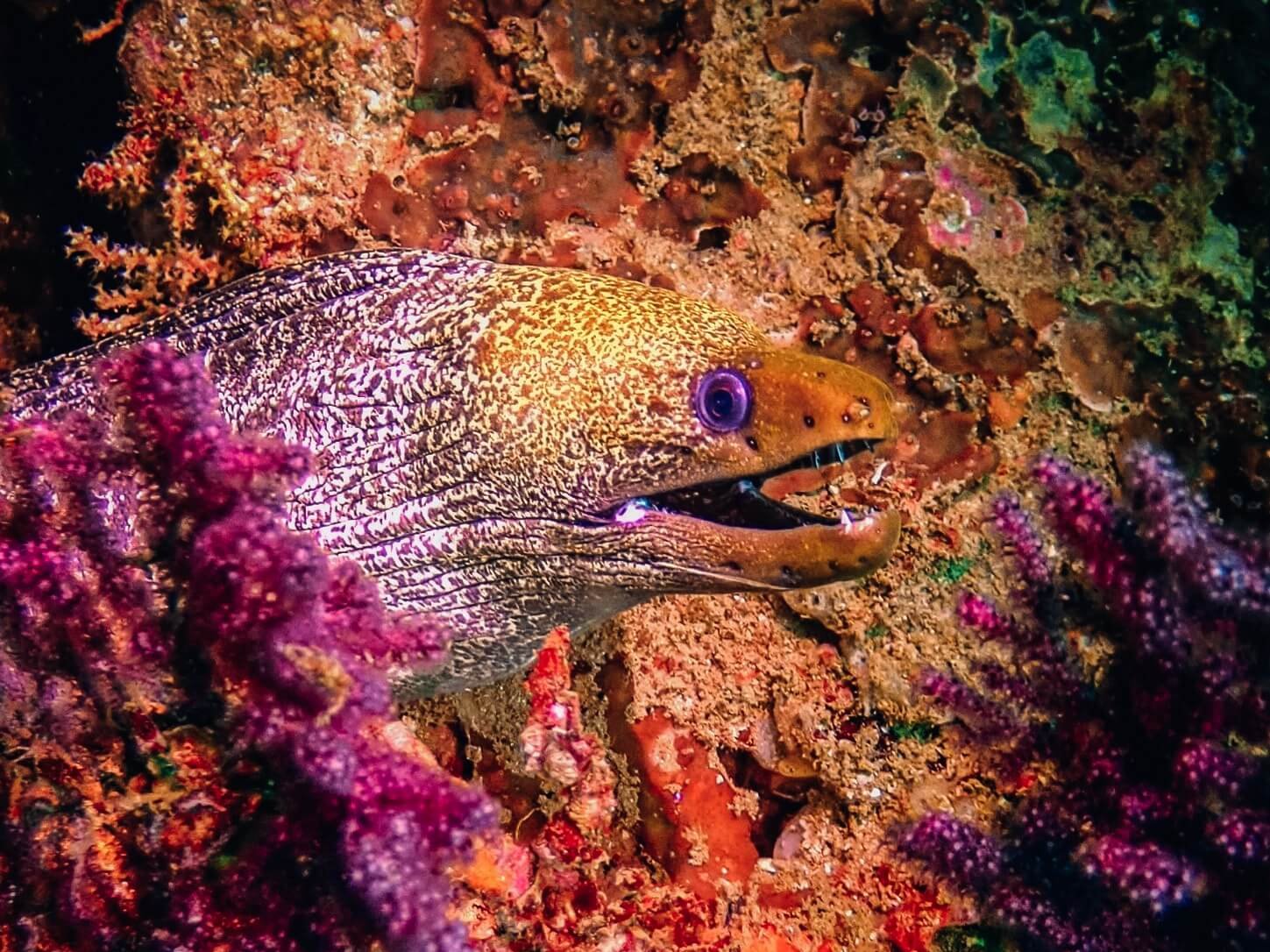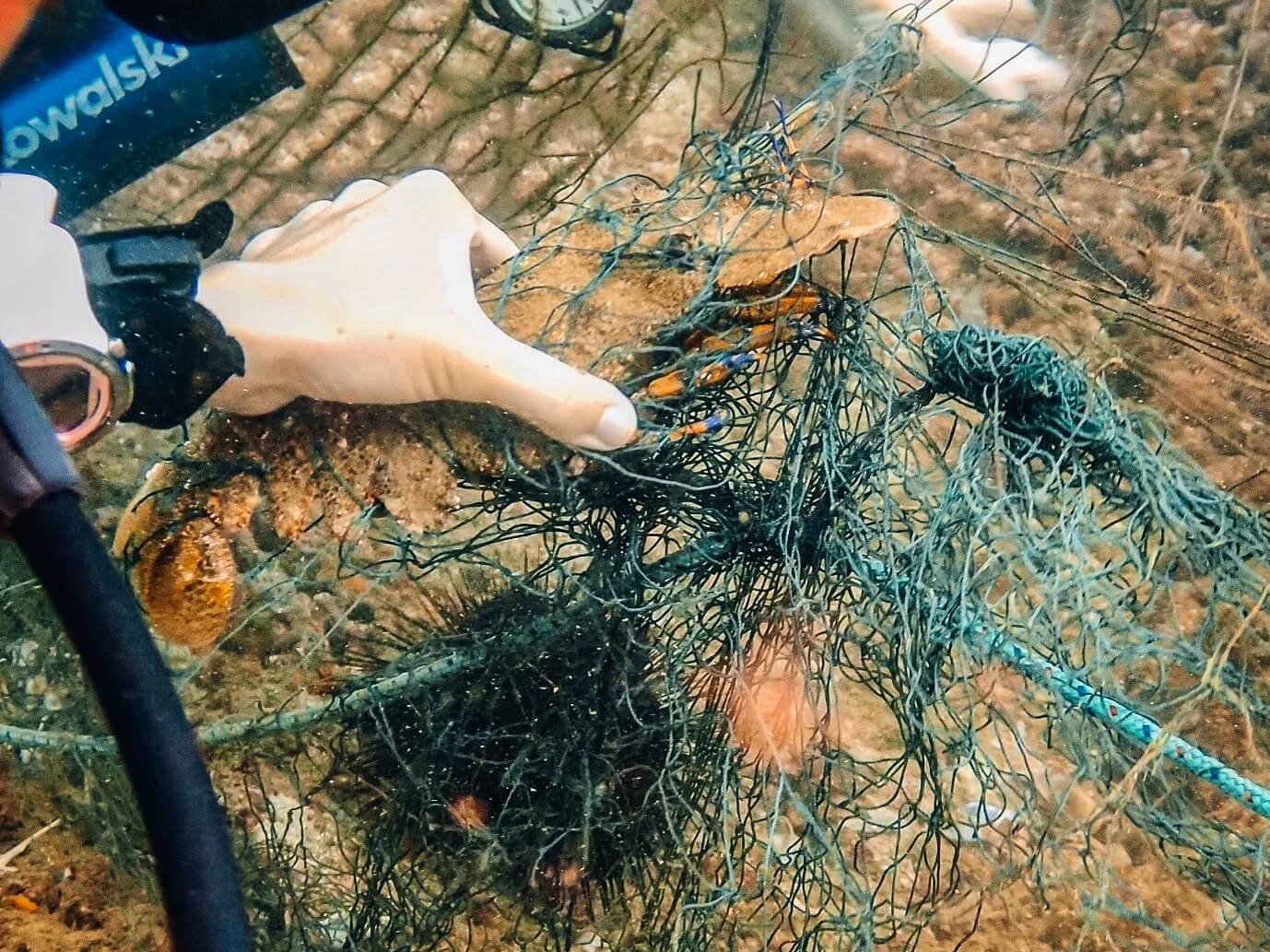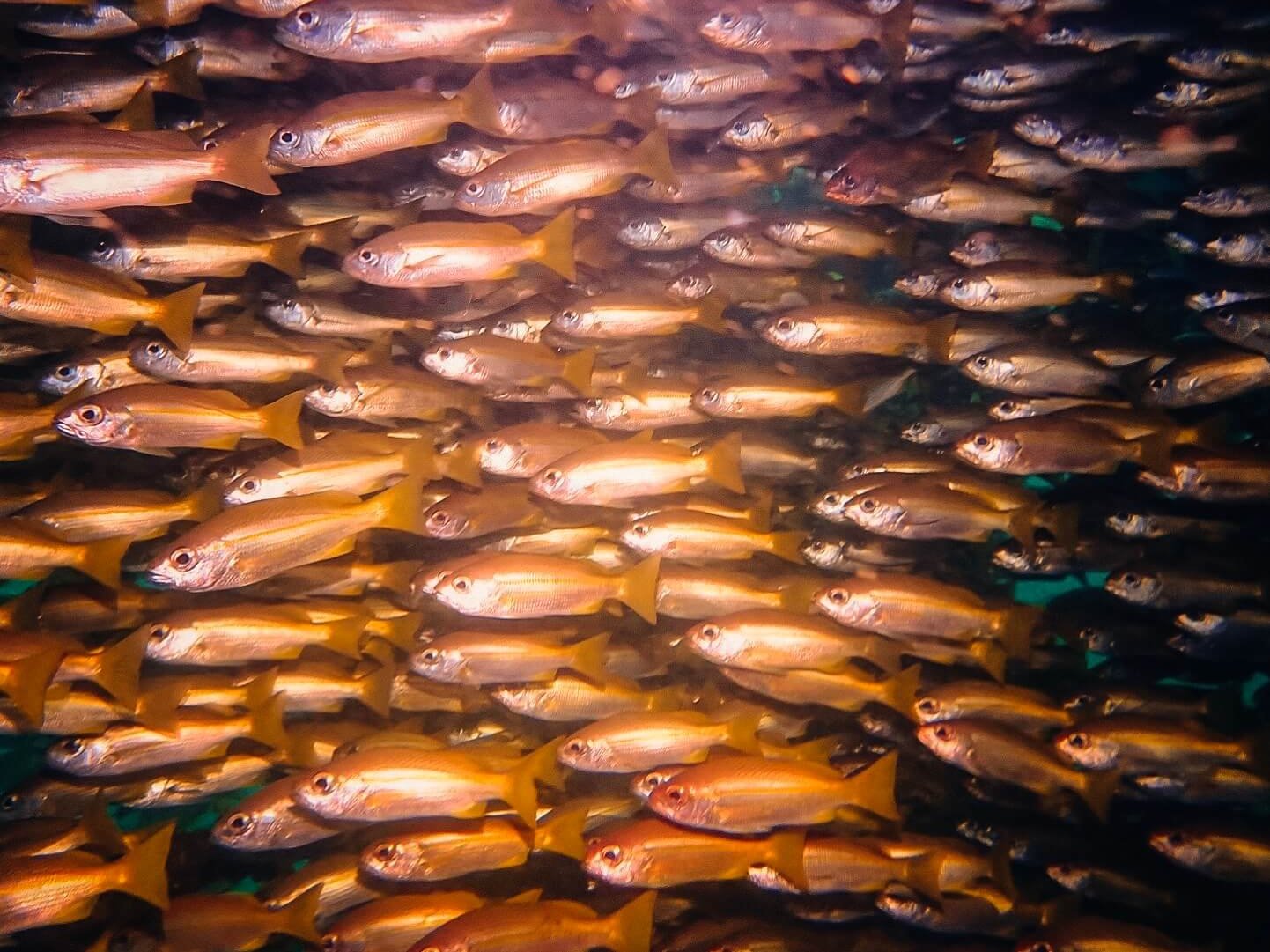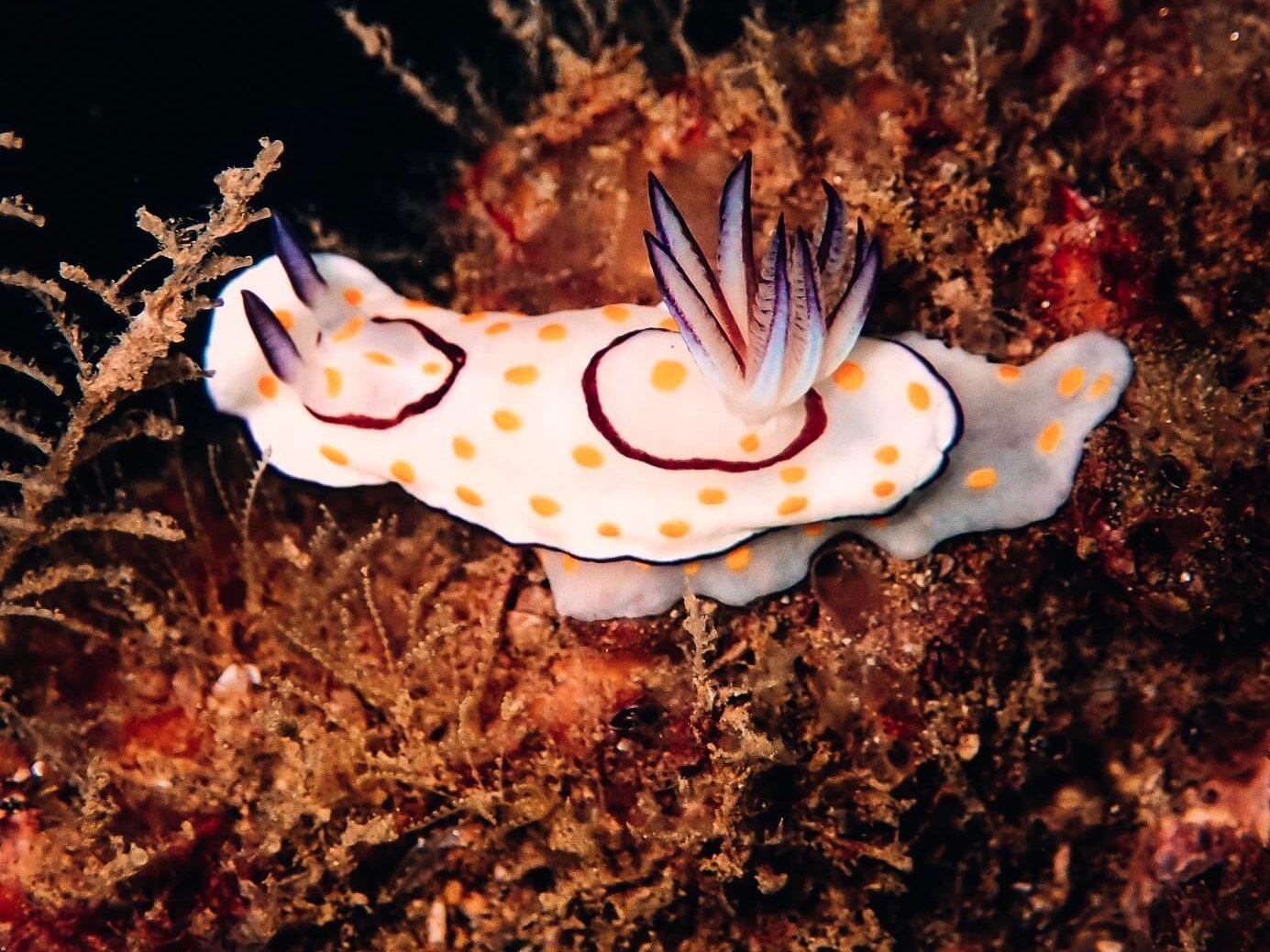Oh joy, a list post. Lists and I have a love-hate relationship. When I was a teenage girl and lists first started popping up on the internet, I couldn’t get enough of them, especially the funny ones, like “20 Things Only a Collage Freshman Will Relate To” that BuzzFeed used to post before they started posting even dumber shit like “Choose a Donut and We’ll Tell You What Your Favorite Condiment Is.” What?? How bored and deprived of brain cells do you have to be to click on that?
Nowadays the internet is full of lists. There’s a list for everything. “Top 10 Reasons to Start a Blog in 2020”. “5 Reasons to Get Out of Bed This Morning”. And the travel blogosphere, ugh, it is nothing but lists. “The 20 Most Amazing Places in Japan.” “25+ Cute Shoes for Disney!” “The 7 Best Scuba Diving Destinations for Beginners!” They are (mostly) all written like a 3rd grade school report and contain exclamation points after every! Last! Sentence! Sorry, but an exclamation point does not make your dull sentence exciting.
I really don’t care to get swallowed up in the sea of mundane lists. But what if I have an actual list of all my favorite fish I met on my trip? I’m not usually one to dive with goals, aside from stay safe, keep everyone else safe, and have fun. I approach diving with a more yogic mentality: enjoy whatever this moment has to offer. After six weeks of diving in Oman though, I had created a mental bucket list of all the fish I wanted photos of before I left. It was like your last day of school, or a group trip, when you go around taking selfies with all your friends. I had three days of diving at the end with my camera to capture all these photos. It was actually kind of funny, because I informed my dive buddy before each of our dives what I would be looking for and would want to spend a little extra time with if we found it. She told me, in the nicest way possible, that an instructor of hers had told her to never dive with lists. Your instructor was very wise. On the rare occasion, you find yourself with a list though.
So enjoy this list while I ponder my predicament of disliking lists (and find a thesaurus).
1. Arabian Butterflyfish
Butterflyfish are one of the most common fish in the ocean, and exist in every tropical region of saltwater. Their bright colors make them favorites of new divers, and their abundance means they are usually overlooked by experienced divers. After all, why look at another yellow fish when there is a teeny tiny critter hiding in the sand that doesn’t exist anywhere else on the planet? Oh but it’s not just another yellow fish! There are 129 species of butterflyfish worldwide, and some of them are isolated to small areas and can’t be seen anywhere else. This beauty, for example, is only found in the southern Arabian Peninsula. I like the sleekness of his color patterns. Many butterflyfish have some clownish grid or checkered pattern with the black and yellow, but this guy just went with the solid, jet-black tail. Very classy.
2. Black-Edged Sweeper
These funny, hatchet-shaped fish were ones I didn’t have any previous experience with. They are like the bats of the ocean, congregating in dark corners and caves during the daylight, and then dispersing at night to feed. Just before sunset, they reconvene at the entryway to whatever dark corner they lurk in, so that they can all enter together.
3. Broomtail Wrasse
If I hadn’t decided to put all my fish in alphabetical order, then this guy would have definitely been in the number one spot as far as my favorites went. He popped out of the murky water on one of my very first dives in Oman. About the size of a medium dog, I stared in awe at something that big that I had never seen before. Not only was he brightly colored with interesting patterns, his tail fanned out like one of those brooms made out of palm fronds. I spent most of my dives hoping he would make an appearance. I liked him so much that I even made up my own hand signal for him, by holding one hand flat like a floor and sweeping the fingertips of my other hand back and forth over it like a broom. He was fairly shy though, so I wasn’t able to get very close for a photo. These cool fish only live in the Red Sea and Indian Ocean. (Because I wasn’t able to get a very close shot of his epic tail, the last image is a stock photo taken in Israel.)
4. Clark’s Anemonefish
These cute little Nemos are in no way limited to Oman, in fact, they are the most widely distributed of any of the anemonefish. Oh yeah, there are lots of different varieties of what you would call “Nemo”; 28 to be exact. The true Nemo is the clown anemonefish. I thought this one might be a new variety (new to me that is) due to its coloring; I had never seen the entire dorsal fin black before, but it turns out that Clark’s comes with quite a few different color variations, this being one of them.
5. Emperor Angelfish
This is another fish that can be found in almost any tropical region of the world, but it never ceases to awe. About the size of a large dinner plate, they are actually quite shy fish. I know, you’d think with all those bright colors they’d be parading themselves around, but getting a good picture is a surprisingly tricky feat, with them always becoming camera shy and trying to duck behind the nearest rock.
6. Leopard Flounder
Again, the leopard flounder is distributed over most of the globe, but finding them is always fun because they blend in with the sand so well. You may remember this guy from Finding Nemo. The more I learn about the ocean, the more I am always impressed by how many little details Pixar got right with that film. Just like in the movie, these fish are born with one eye on each side of their heads, but since they spend the majority of their lives laying sideways in the sand, the bottom eye eventually migrates around to join the top eye. Weird, huh?
7. Network Pipefish
8. Picasso Triggerfish
You know, for all the potentially dangerous critters lurking in the sand in Oman, I was almost surprised by the lack of triggerfish. The bigger varieties of triggerfish (titans and yellowmargins) are without a doubt the most aggressive animals in the ocean. Sharks and rays and eels pose little to no threat. Find a triggerfish during mating season though? Yikes. I saw a guy sent to the hospital in Koh Tao once. Picasso is a much smaller and friendlier variety though, and also one of the prettiest fish in the sea. Picasso would have approved of having this picturesque fish named after him.
9. Porcupinefish
These cuties always get me with their big, puppy dog eyes. They are found in most tropical regions of the world, but congregated in surprising numbers around the two wrecks we dove in Oman. On one of those wrecks, we would have to send one person down to find the actual wreck (because it wasn’t visible from the surface), and then send up the surface marker to show everyone else where to descend. When that person was me, I would always see the porcupinefish first, and know I could follow them to the wreck.
10. Reticulated Filefish
This was another new one to me in Oman. When I first saw him, I knew he was a filefish from the little spaghetti strand that popped up from his head occasionally, but I had never seen the variety that looked like a silver dollar coin. They were fun to watch zooming around the reef, as the silver reflected the light in interesting ways and changed color.
11. Silver Moonfish
Look at this funny little boop! Supposedly these are found all over the Pacific and Indian Oceans, but Oman was my first time meeting him. Apparently they can tolerate a wide range of varied salinities, and so they are a “model organism” to study for salinity tolerance. I feel like he deserves a medal for that. Maybe he is the medal; he kind of looks like one…
12. Small-Spotted Dart
Forgive the grainy photo here, but these guys were darting around fairly quickly just beneath the surface above me. I’m not usually one to get excited by large, silvery, game fish (unless they’re really big); they all tend to look the same to me. These guys stood out with their elongated fins and row of spots though, and I had to know what they were. Turns out you can tell how old they are by the spots, which increase with the fish’s age.
13. White Collar Butterflyfish
Here is another fun butterflyfish variety that is limited to the coasts of the Arabian Peninsula, India, Malaysia, and the Philippines. They were beautiful when they swam all together in schools. In the wild, these little guys feed on coral polyps. In captivity though, they get cranky and become little carnivores, feeding on shrimps and even fish meat. Kind of sounds like the fish version of a zombie plot. Don’t keep your redtail butterflyfish in captivity; the thought of them thirsting for brains makes me uneasy.
14. Yellowbar Angelfish
The angelfish is basically a large butterflyfish. It is also very colorful, loved by newbies, and sometimes overlooked by seasoned divers. It commands a little more respect though since it is less abundant than its smaller, distant cousin. Also like the butterflyfish, there are interesting, different varieties in distinct parts of the world. This one, also known as a halfmoon angelfish, is isolated to the western coast of Africa, and all around the coast of the Arabian Peninsula.
15. Yellowtail Tang Surgeonfish
Every time I saw this fish, I had to ask myself if she was Dory. She looked so similar, with the bright blue body and the contrasting yellow fins, but I didn’t remember Dory having the freckled face. Turns out that this cutie is her cousin, the yellowtail tang surgeonfish (which is a silly redundant name; tang and surgeonfish are synonyms). Dory was a blue tang, (or palette tang,) and had more of an art deco thing going on with the yellow tail.
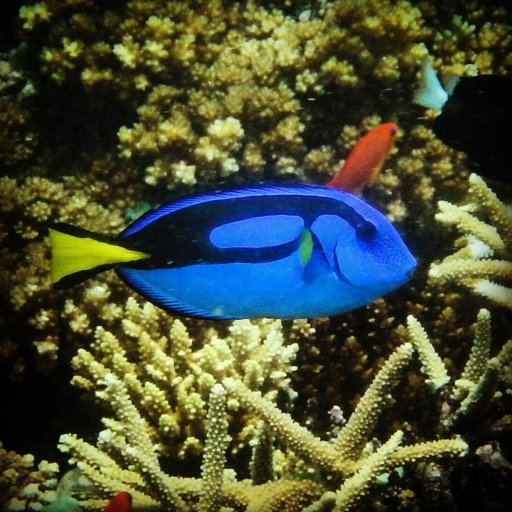
There are actually two more fish that I would like to introduce you to, but they both get their own stories. Lucky ducks (no, they aren’t ducks). Stay tuned!
